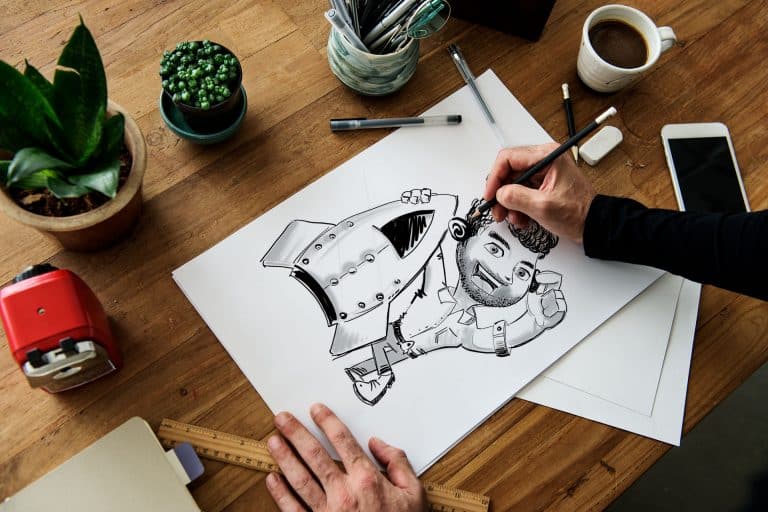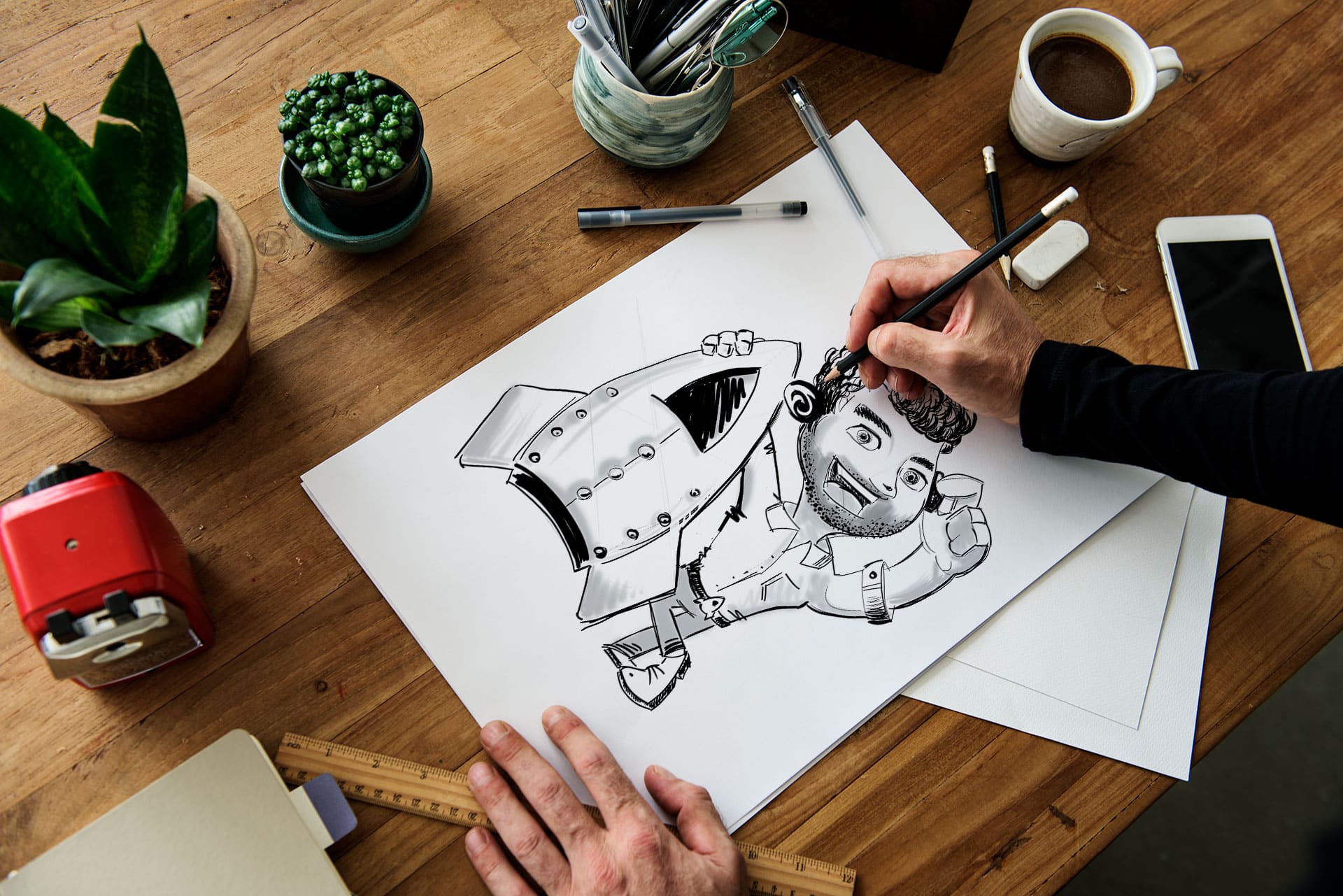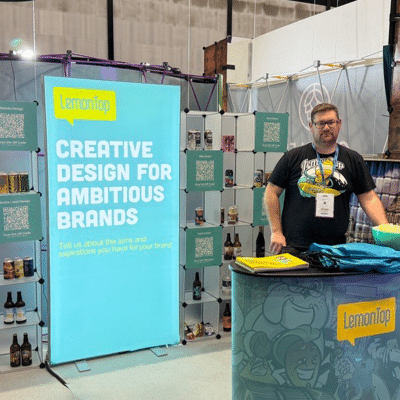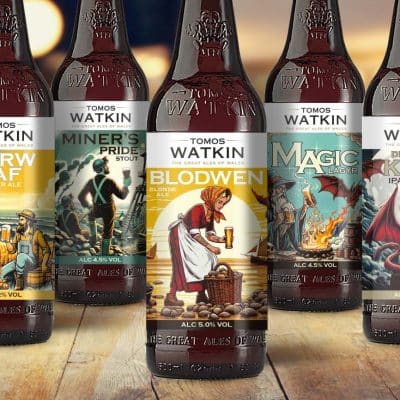For as long as businesses have been advertising, they have been trying to find a way to stand apart from their competitors with mascots. Some are cute and cuddly, some mimic the company owners, some are just plain ugly, but I bet you remember them and their message!
Take the Michelin Man for example, the symbol of Michelin Tyres. Created for the Lyon Exhibition of 1894, he is one of the world’s oldest trademarks but one of the most memorable and still rolling along after over 100 years in the public eye, mind and hearts.
A company mascot design is a premium bespoke character, unique to your brand, that tells the world what your organisation stands for while capturing the hearts and imagination of your audience. Mascots are a proven method to increase brand awareness and interaction with your customers and many companies use their mascots to great effect – Tony The Tiger, Ronald Mcdonald, The Energizer Bunny, The Jolly Green Giant, The Michellin Man. The list goes on and on…Some have been developed over many years, others disappeared for a while and returned even stronger, but they are all recognized by their target audience.
Creating a mascot with a unique and memorable personality is the perfect way to grab a customers attention. Mascots enhance your brand’s presence with customers more likely to commit your brand’s character to memory rather than just remembering your logo or promotional material. Ultimately a mascot can open up all sorts of exciting opportunities, including licensed products.
Many companies have gone a step further and created a mascot with a distinctive voice who can narrate a video or radio ad with an engaging or witty personality. This approach gives your mascot mass appeal and can help open up your brand to multiple markets. This means a whole new range of customers are able to relate to your mascot, allowing for a much broader and deeper involvement in your marketing or promotional messages.
Mascots don’t have to be based on a person. Over the years we’ve seen mascots in all different shapes, sizes, and appearance, each with their own individual personalities appealing to different markets and types of customer. Some of the most popular mascots have been animals such as Churchill the bulldog. Animals have a massive appeal to all ages, and have been portrayed with all manner of personalities from cute and cuddly to cool and sophisticated. We’ve even seen companies use actual animals in their ads like the Esso tiger, while others use illustrated or cartoon animals that talk and behave like people. One of the best and most enduring of these has been Kellogg’s Tony the Tiger but I bet if we cast our minds back we can all think of at least a dozen that we have fond memories of as both adults and children (my personal favourite was always Buzby for British Telecom).
Even simple, everyday objects have become memorable mascots. Who remembers “Access, Your Flexible Friend” (If you don’t, google it, it’s great advertising) or, more recently, the M & M peanuts. Both have done such a great job and created such a presence that it’s hard to think of the brand without them.
After reading this you may be asking yourself, ‘Do I need a mascot?’ Here are a few reasons why you do. A mascot is an excellent way to grab a customer’s attention and capture the hearts and imagination of your audience. Mascots can become so synonymous with your brand or product that they are instantly recognized on their own without the need for an accompanying logo. Mascots have excellent mass appeal and open up your brand to multiple markets with more customers relating to your brand or product.
Whichever way you look at it a mascot can elevate your brand or product to new heights and can ultimately become your company’s own “flexible friend”.



